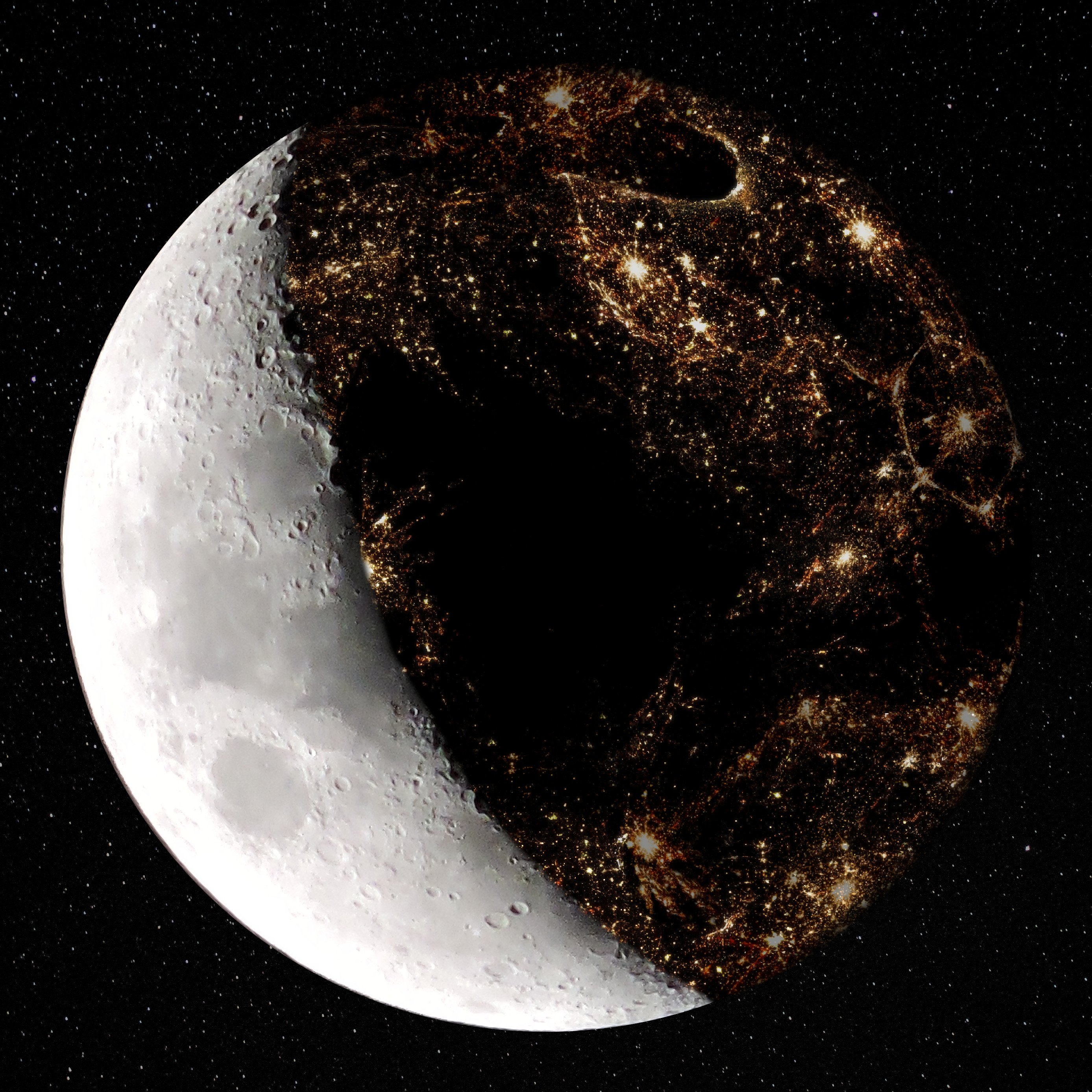While camping, I noticed that if you look long enough at almost any star, you start seeing some tiny, subtle colors in that star. Even crazier, they sometimes flicker between more colors. In my case orange, blue and something like cyan.
Besides constellations, what else could you observe regarding starts, with the naked eye?
Most of the more exotic colors (such as green) are caused by various optical tricks.
Physically speaking, all true stars are roughly one of these colors:
- Red
- Orange
- Yellow
- White
- Blue
The exact color of a star depends on its size/temperature. Red stars are the coolest, while blue stars are the hottest.
There are in fact no green stars at all. At least not to human eyes. Very cool and interesting stuff.
https://www.sciencefocus.com/space/why-arent-there-any-green-stars
So not only are we the goldilocks of planet position in the solar system, we are also the goldilocks of star temperature?
deleted by creator
Are most of those colors present in the visible sky?
Most of them, yes. The reddest stars (like Proxima Centauri) are too cool and dim to be visible to the naked eye, but if you go somewhere with no light pollution and let your eyes adjust you should be able to perceive some differences between stars.
How stoned were you when you posted this?
Betelgeuse will be going supernova in the next few decades and I’ve been looking at the light fluctuations.
In reality, it’s probably already happened! And the light just hasn’t reached us yet
Pretty insane to think about thatWill we get any of the radiation? Does anyone know this?
Probably not, but at most it would be detectable levels. Radiation drops at the square of distance, and there is a lot of distance.
Check out Albereo. Super easy to spot in the summer in the northern hemisphere. Tip of Cygnus’s tail. Two stars with strikingly different colors. Should be able to separate them with a decent set of binoculars. Yellow and blue.
You can only get this effect in the center of your visual field due to the organization of your retina where you have color vision. The rest of your eye is much more sensitive to light so you can see dim stars more easily in your periphery by looking away from them a bit. Maybe you can use your own biology to help enjoy the night sky even more! If you get a friend, you can use colored pen caps and get them to hold them in your periphery and tell them what color it is. You don’t be able to until they reach the color vision part of your visual field if you stay looking forward.
It’s trippy, but your brain fills in color for you a lot of the time.
Our star is actually green, but its the yellows and reds that manage to filter through our atmosphere the best, so that’s what we see. Then if you looked at it from space, it’s so extremely bright it appears white. But its actually emitting more green light than any other colors, and you can make out a tiny greenish tint to it in some space photos. Or my mind plays tricks on me because I’m looking for it, one of the two.




